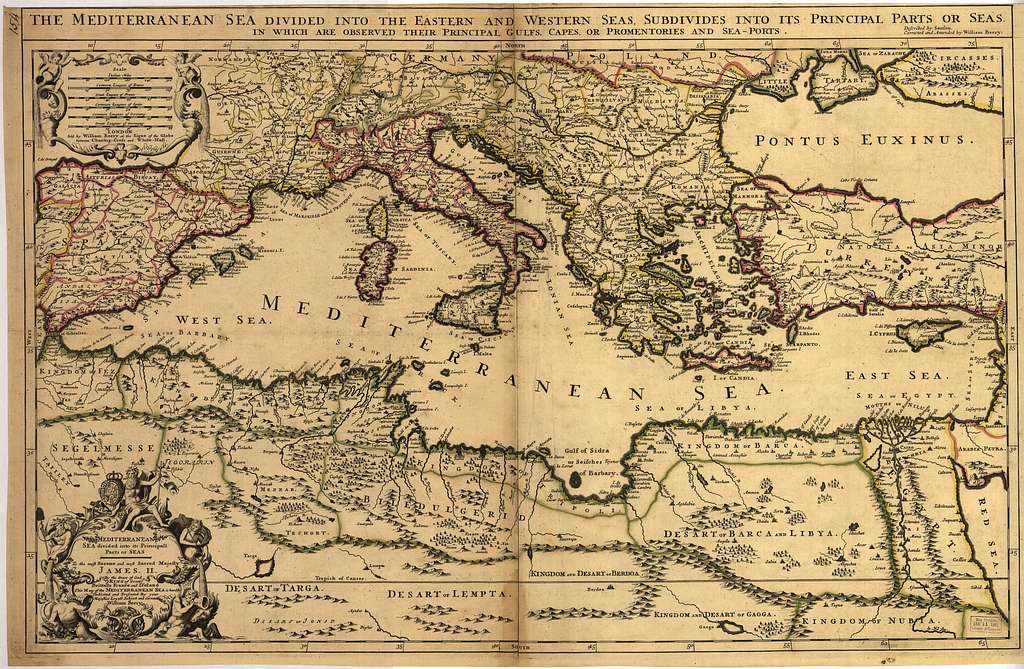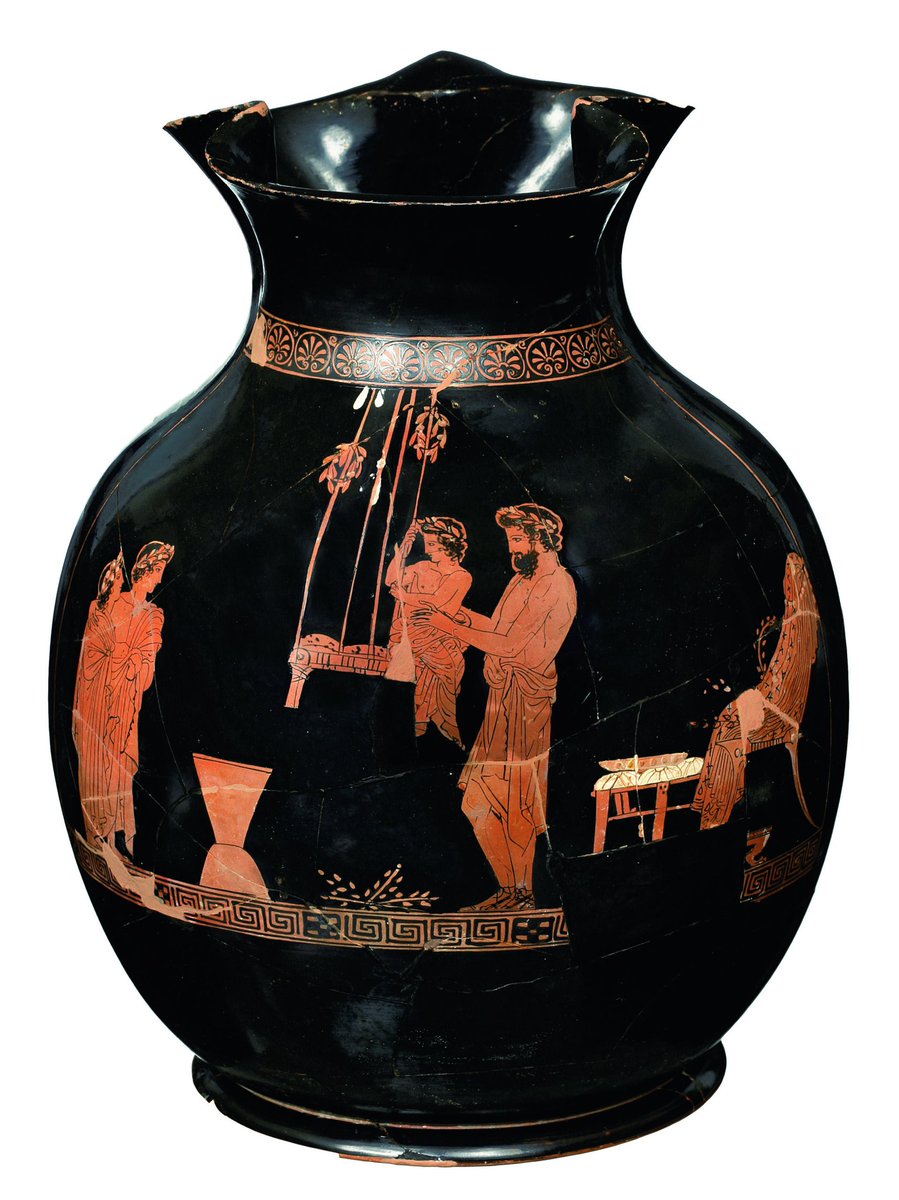Detail from the Derveni #Krater (ritual wine-mixing vessel) used as a funeral urn for a Thessalian aristocrat, Astiouneios, son of Anaxagoras from Larissa.
Discovered in 1962 at Derveni/Thessaloniki
©Kevin Norman
#Archaeology
Discovered in 1962 at Derveni/Thessaloniki
©Kevin Norman
#Archaeology

Satyrs and Meneads seated on the shoulder of the vase. Satyrs and Meneads are the traditional company of Dionysus (Bacchic thiasos), the god of wine, rebirth, fertility, ecstatic rituals etc
Derveni Krater is considered a masterpiece of Hellenistic art, 4th c. BCE
©Kevin Norman
Derveni Krater is considered a masterpiece of Hellenistic art, 4th c. BCE
©Kevin Norman

On the belly, the frieze is devoted to Ariadne and Dionysus, surrounded by revelling satyrs and maenads of the ecstatic retinue. The faces of underworld deities decorating the handles while snakes wrapping their bodies around them. 

The vase is composed of two leaves of metal which were hammered and then joined. It weight 40 kg (88 lb) and is 90.5 centimetres (35.6 in). Made of bronze with a high tin content (15%), without use of any gold at all. Silver and copper is used for decorating smaller parts. 

The krater (urn) contained burnt bones that belonged to a man aged 35 to 50 and to a younger woman. Where exactly was created is much debated, with specialists proposing Athens, Athenian colonies in Chalkidiki, Royal Court of Macedonia and Thessaly.
Detail: A Satur
©Wikipedia
Detail: A Satur
©Wikipedia

• • •
Missing some Tweet in this thread? You can try to
force a refresh















